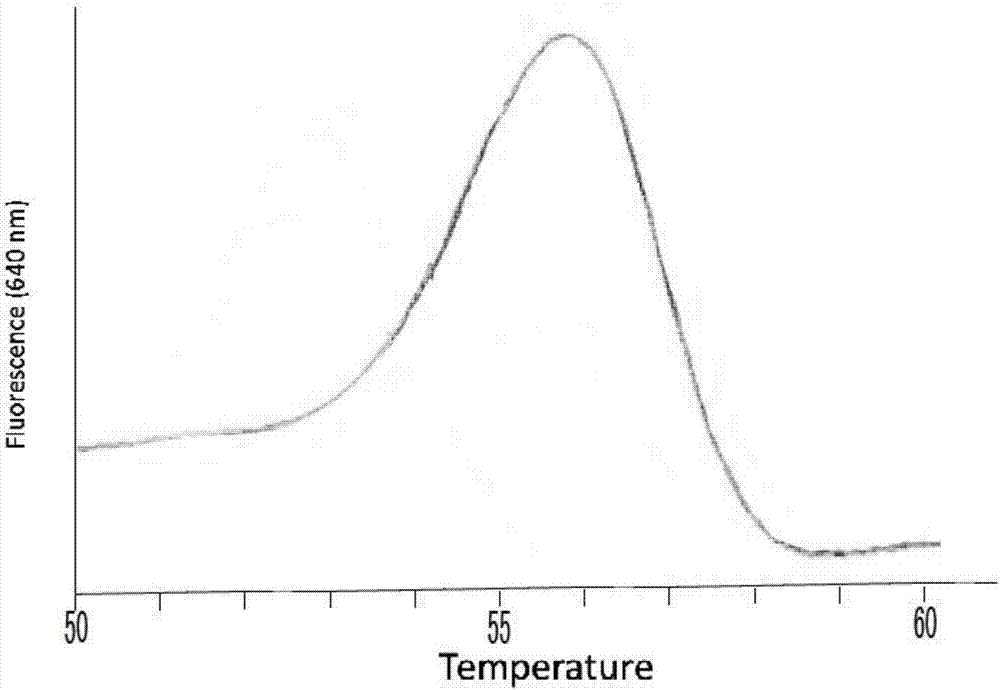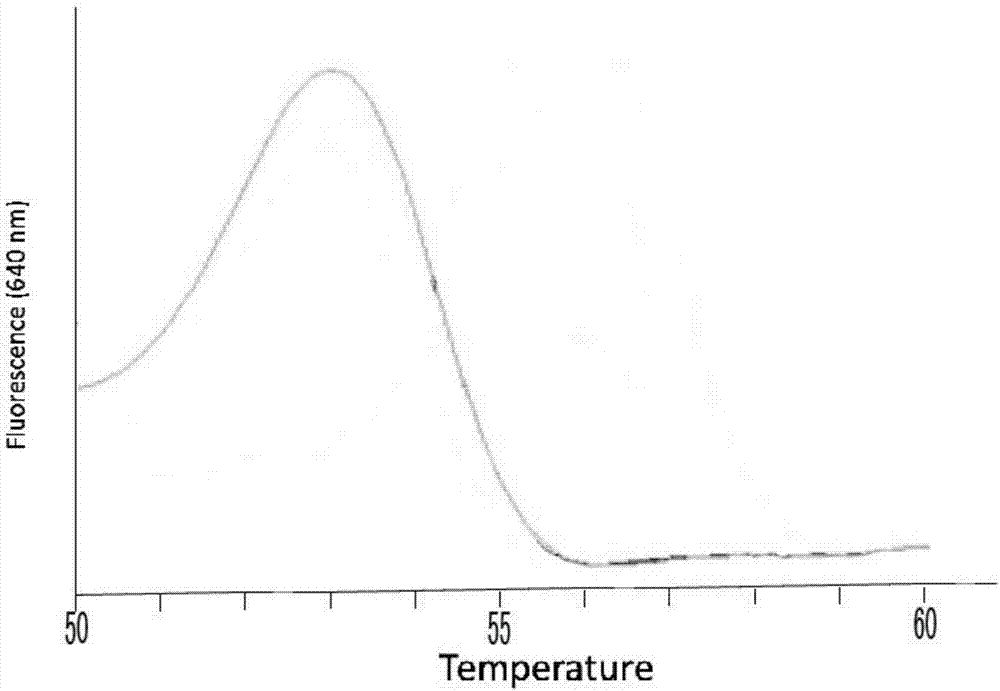Method for detecting FGFR3 gene mutation to diagnose bladder cancer and kit
A technology of diagnostic kits and detection reagents, applied in the field of clinical diagnosis of diseases, can solve the problems of time-consuming and labor-intensive, inconsistent diagnosis results, and large variation in detection effect and detection rate of detection indicators.
- Summary
- Abstract
- Description
- Claims
- Application Information
AI Technical Summary
Problems solved by technology
Method used
Image
Examples
Embodiment Construction
[0019] Unless otherwise specified, the terms used in the present invention have conventional meanings in the field. For the explanation of the terms, for example, refer to "Molecular Cloning (Third Edition)" edited by Sam Brook et al. The technical content of the present invention is described in detail as follows:
[0020] In the first aspect, the present invention provides a method for detecting the 248-249 site mutation in exon 7 of FGFR3 gene, the 366-379 site mutation in exon 10, and the 650-653 site mutation in exon 15 A kit, the kit contains fluorescent labeling probes that specifically recognize FGFR3 gene exon mutations.
[0021] In the present invention, when the mutation of the FGFR3 gene is detected, the mutation-specific probe specifically binds to the genomic DNA, while the wild-type DNA forms a "bubble" due to a single-point mismatch, thereby showing a lower melting point.
PUM
 Login to View More
Login to View More Abstract
Description
Claims
Application Information
 Login to View More
Login to View More - R&D
- Intellectual Property
- Life Sciences
- Materials
- Tech Scout
- Unparalleled Data Quality
- Higher Quality Content
- 60% Fewer Hallucinations
Browse by: Latest US Patents, China's latest patents, Technical Efficacy Thesaurus, Application Domain, Technology Topic, Popular Technical Reports.
© 2025 PatSnap. All rights reserved.Legal|Privacy policy|Modern Slavery Act Transparency Statement|Sitemap|About US| Contact US: help@patsnap.com



